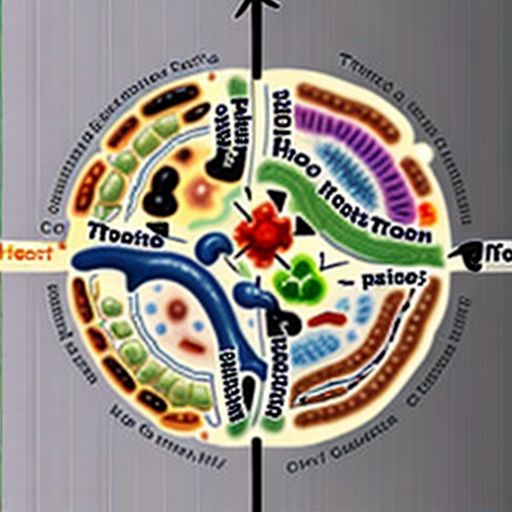Understanding Graft vs Host Disease Symptoms: A Comprehensive Guide
Imagine receiving a life-saving bone marrow transplant, only to face a new health challenge: Graft vs. Host Disease (GVHD). While a successful transplant replaces damaged cells with healthy ones, GVHD occurs when the donor’s immune cells (the graft) attack the recipient’s healthy tissues (the host), seeing them as foreign.
This guide delves into the intricacies of Graft Vs Host Disease Symptoms, equipping you with the knowledge to identify, understand, and seek timely medical attention.
Decoding Graft Vs Host Disease Symptoms
Graft vs host disease symptoms are as diverse as the individuals affected. They can be:
Acute GVHD: Typically manifests within the first 100 days post-transplant, affecting:
- Skin: Rashes, itching, redness, skin darkening, or blisters, often resembling a sunburn.
- Liver: Yellowing of the skin or eyes (jaundice), dark urine, abdominal pain, fatigue, loss of appetite.
- Gastrointestinal Tract: Nausea, vomiting, diarrhea (sometimes bloody), abdominal cramps, loss of appetite.
Chronic GVHD: Develops gradually, often after 100 days, and can persist for months or years. Symptoms vary widely and may include:
- Skin: Dryness, thickening, tightening, discoloration, rashes, hair loss.
- Mouth: Dryness, pain, ulcers, white patches, difficulty swallowing.
- Eyes: Dryness, irritation, sensitivity to light, blurred vision.
- Lungs: Shortness of breath, wheezing, dry cough.
- Joints and Muscles: Pain, stiffness, weakness, limited range of motion.
Why Understanding GVHD Symptoms Matters
Recognizing the early signs of GVHD is crucial for prompt medical intervention. Early diagnosis and treatment can significantly improve outcomes and quality of life for transplant recipients.
FAQs About Graft Vs Host Disease Symptoms
1. Are graft vs host disease symptoms always severe?
No, the severity of GVHD symptoms varies greatly. Some individuals experience mild, manageable symptoms, while others face more severe, life-threatening complications.
2. Can GVHD symptoms be mistaken for other conditions?
Yes, some GVHD symptoms, like skin rashes or gastrointestinal issues, can mimic other medical conditions. Therefore, it’s crucial to inform your healthcare team about any unusual symptoms you experience post-transplant.
3. Can GVHD be prevented?
While not entirely preventable, doctors take measures to minimize the risk of GVHD. These include carefully matching donors and recipients, and administering medications that suppress the immune system.
4. What should I do if I suspect GVHD?
Contact your transplant team immediately if you experience any new or worsening symptoms after a transplant, even if they seem minor.
hosting.docudaiduong.com/wp-content/uploads/2024/07/graft vs host disease-669651.jpg" alt="Graft vs Host Disease Diagram" width="512" height="512">Graft vs Host Disease Diagram
Navigating GVHD: A Shared Journey
Understanding graft vs host disease symptoms is an essential step towards empowering transplant recipients and their loved ones. Remember, you are not alone. By working closely with your healthcare team, staying informed, and seeking support, you can navigate the challenges of GVHD and focus on recovery.
This guide provides a starting point for understanding GVHD symptoms. We encourage you to explore the resources available on our website and consult with your medical team for personalized guidance. Feel free to share your experiences, questions, and insights in the comments section below. Your voice matters in the journey towards awareness and support for GVHD.




